It’s no secret that people are buying more online and less in-store but it’s not a result of COVID-19 (though that’s accelerated the trend). Rather than starting a few months back, this was already a well-established trend that has been building from long before the World had heard of COVID-19.
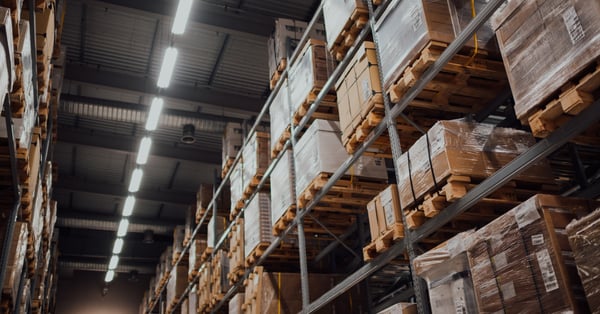
Photo by chuttersnap on Unsplash
Last year, Zebra Technologies commissioned a worldwide study to identify and understand the trends and challenges affecting warehouse operations. The study asked the operational decision makers at each responding company their current and planned strategies for adding technology into their warehouses, distribution centres and fulfilment centres.
In total, over 350 companies provided data.
What changes are planned over the next five years?
The pressures the responding companies reported included ever-increasing demand, shorter order to delivery times and a shortage of skilled workers. To keep pace, both expanding operations and introducing modernising technology was essential.
Warehouses will expand – in both number and space
The respondents cited expanding operations as a reason for increasing warehouse space between 2019 and 2024. As a result:
- 88% are planning to expand existing warehouses.
- 85% are planning to increase the number of warehouses (there are already some 3.5 million warehouses worldwide).
Inbound and outbound operations will be modernised
When introducing technology, this means finding the ideal combination of workers and automation. When asked about modernising inbound/outbound operations over the next five years:
- Only 20% said they were introducing full automation
- 43% said automating some processes and having the rest manual
- 27% said augmenting workers with technology
- 10% said 100% manual i.e. no automation or augmentation
This means that by 2024, 80% of warehouses worldwide will still have core business processes that have a significant human element, although a significant number of these “humans” might look more like cyborgs when at work.
How can Microsoft Dynamics 365 help?
You operate a warehouse and have already invested in Dynamics 365 or are about to. So, what is Microsoft doing that can help you?
Data-driven decisions
With an increase in automation and a connected mobile workforce, your warehouse system needs to direct items and people to the right place at the right time. Enabling data-driven decisions is already standard within Dynamics 365.
Data-driven insights
This is more than reacting to immediate system updates, which is already standard, but expanding connectivity to equipment, sensors and other systems. The IoT Intelligence Add-in for Dynamics 365 is a framework for supporting the various data flows that deliver accurate and immediate data, allowing for faster and better decision making.
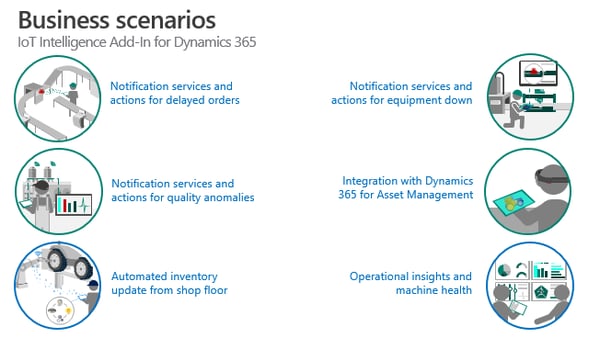
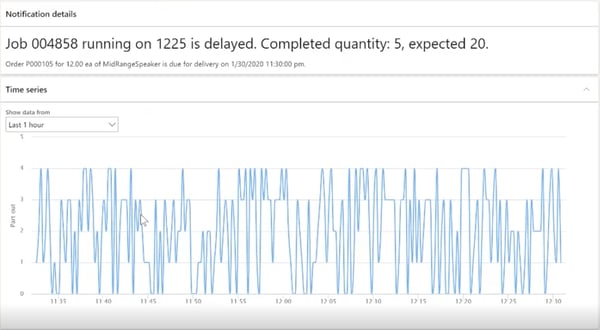
Automating manual tasks with AI and machine learning
Mention “Artificial Intelligence” and most people immediately think Star Trek or the Terminator movies. Get them to think beyond that and the normal responses are “too complicated” or “maybe in 10 years, there will be a real-life use for that”.
However, Dynamics 365 already has AI capability that can be delivered with minimal programming and has “real-world” applications. Several Dynamics 365 customers are using the AI to run quality tests or prioritise service jobs by extracting key words from text or reviewing digital photographs. For example, one English council is using Microsoft AI to determine when it’s time to send a squad to clean up graffiti.
Put simply, once Dynamics 365 knows what to look for, it can react to something that “looks bad” or is a key-phase.
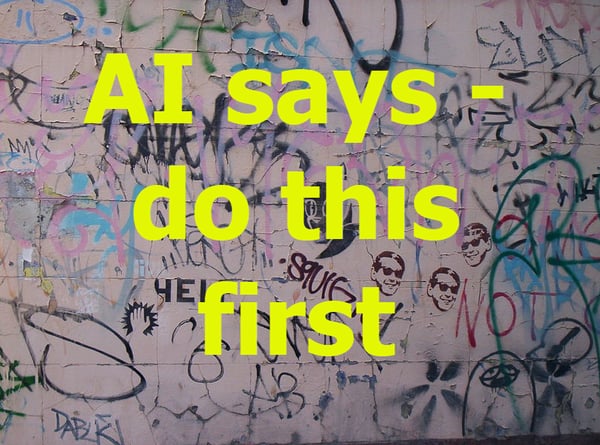
Gaining efficiencies with HoloLens
This is Microsoft’s initiative for Augmented Reality (AR) and it’s already here. Early deployments have been used in field service where technical manuals and exploded 3D diagrams are projected into the vision of field engineers as they repair equipment. There’s also two-way audio.
There are several applications for AR within warehousing. The most significant is picking, with the warehouse workers being visually directed down the quickest route to where they need to go and what to do once they get there.
With AR, several things come together to increase efficiency. For example:
- “Hands-free” features (i.e. 2 hands to work with).
- Real-time direction, showing you the fastest routes to get to where you need to be.
- Visual and audio instruction.
- Constant feedback as things change.
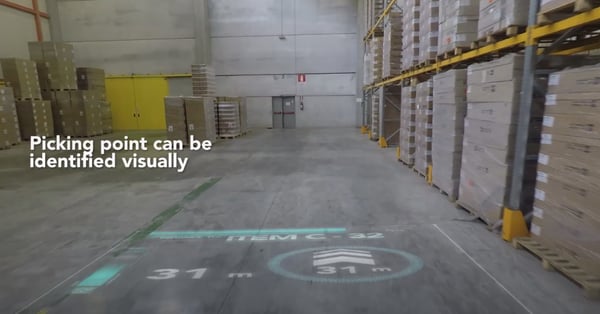
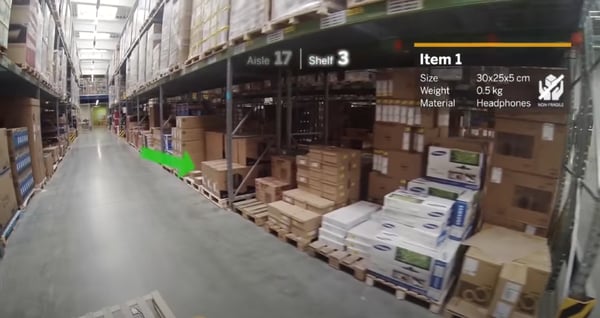
The key to success lies in your choice of consultancy partner
Dynamics 365 already has every technology necessary to support the warehouse modernisation initiatives identified in the Zebra Technologies survey. To summarise what we’ve just covered:
- If you believe automation is your chosen route then by using IoT Intelligence and AI, you have the connectivity.
- If you believe AR is your future, then HoloLens will deliver efficiencies far beyond manual processing.
- If you believe manual processing is what works for you, then using data-driven decision making, the most efficient plan will be presented.
- If you believe more warehouse space is what you need, then on the ever-expandable Azure platform, Dynamics 365 will always keep pace.
But it’s not enough to choose and implement Dynamics 365 across your business. To really get the most out of the platform and maximise your benefits, you need a partner who is not only willing, but also capable and inventive.
The right digital business consultancy will be experienced in implementing Microsoft Dynamics platforms across many sectors, including your own. They can use this expertise to ensure your implementation follows best practices, proactively monitor your platform, provide 24/7 support and more.
At Columbus UK, this is what we specialise in. With deep industry experience gained from over 30 years of implementation and support projects and serving more than 1,100 customers worldwide, we can help you digitally transform your warehouse.
Interested in how we can help? Get in touch with us today.
There's more you need to know when it comes to digitally transforming your warehouse...
Businesses across all sectors are under constant pressure to transform their processes. Currently, it's the need to digitally transform. However, it's not just about the technology you adopt (though that plays a major role), it's also about transforming your culture.
That's why we created a report on digital transformation in the manufacturing sector. Featuring the different technology to use and how to change your business culture, it's the roadmap you need to succeed.


